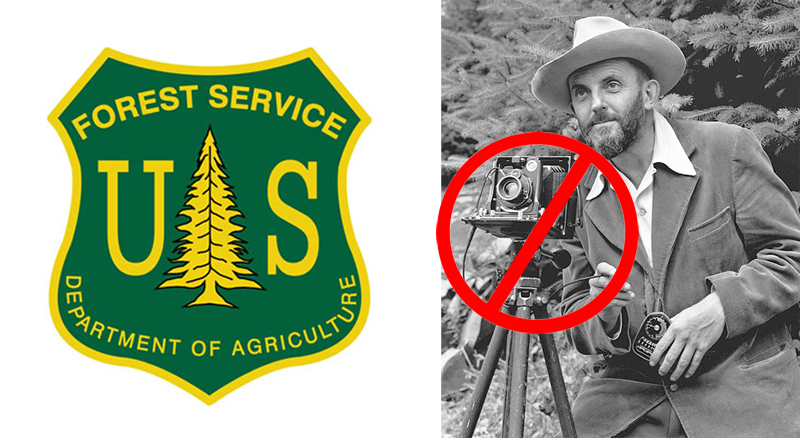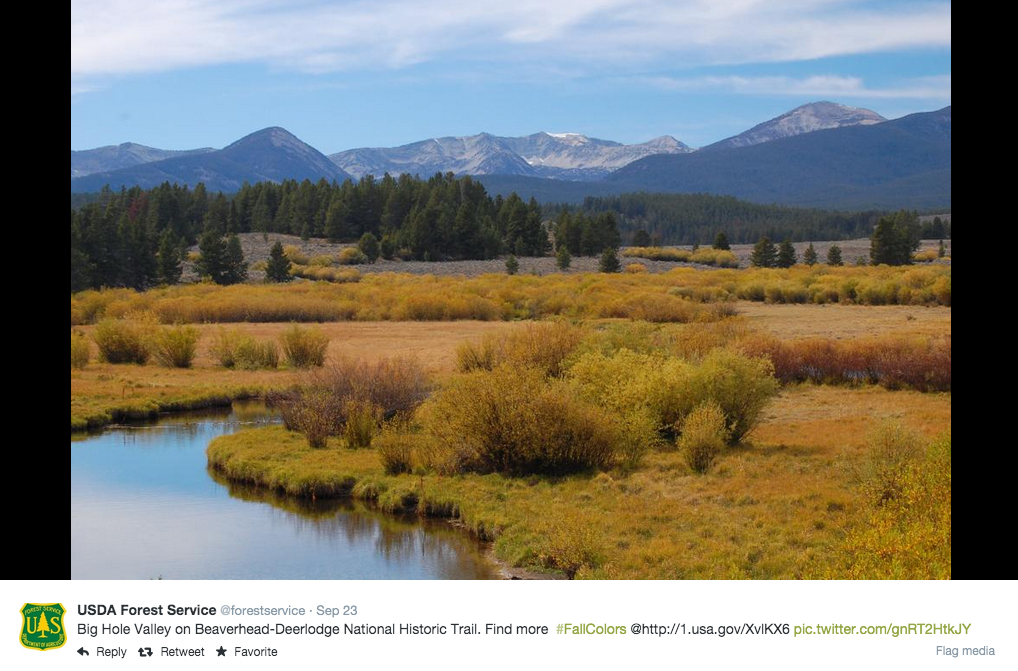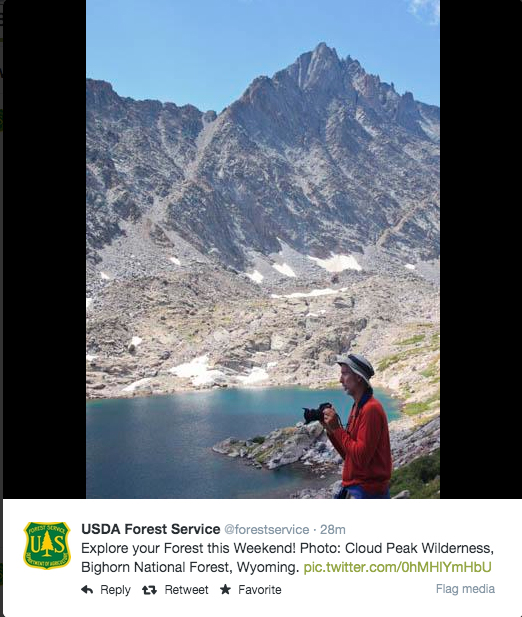
If you take photographs in National Forests, you need to buy a $1,500 permit or face fines of up to $1,000 per shot. (Note: This is not entirely true. Read on.)
That news has spread like wildfire since the Oregonian broke the story on Sept 23rd.
What does it mean to you? I jumped into the regulatory documents and scrutinized USFS news releases to untangle this vague and somewhat spooky regulatory proposal.
If you’d like to comment on the proposal: The period for public input has been extended until Dec. 3rd due to high interest. You can make your comments heard here.

If you are a professional photographer: While the wording is vague and open to interpretation, it defines “commercial filming” as the “creation of a product for sale including a film, videotape, television broadcast, or documentary of historic events, wildlife, natural events, features, subjects or participants in a sporting or recreation event, and so forth, when created for the purpose of generating income.”
It’s unclear if professional still photography falls under that umbrella, but even small video operations for financial gain definitely do and must have a permit.
The regulations individually list “Still Photography” and “Commercial Filming,” with still photography required to have a permit when using models, sets, or props, or “when the Forest Service incurs additional administrative costs as a direct result of the still photography activity.”
Currently, commercial filming permit fees range around $30 per day for a group up to three people to as much as $800 for a large Hollywood style production, according to a Forest Service press release. It continues, “the $1,500 commercial permit fee cited in many publications is erroneous, and refers to a different proposed directive.”









